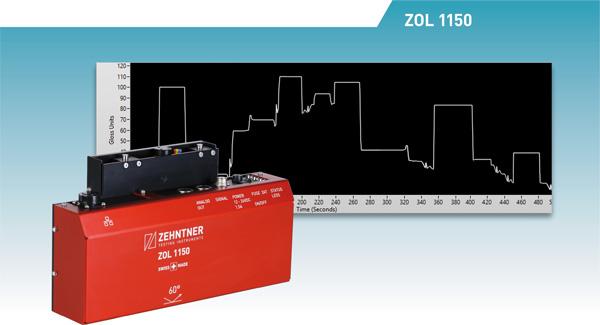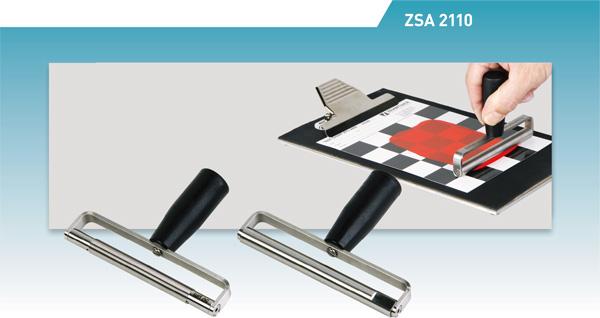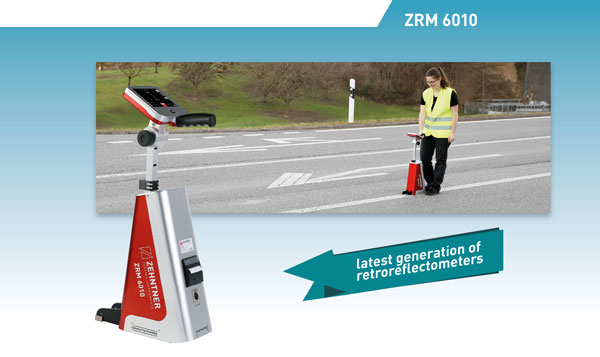Many countries across the world have introduced safety programmes to reduce the number of deaths on their roads.
In the EU the basis of every action for improving safety on the trans-European transport network comes from the Directive 2008/96/EC of the European Parliament and of the Council of 19 November 2008 on road infrastructure safety management. The safety performance of existing roads should be increased by targeting investments for road sections with the highest accident concentration and/or the highest accident reduction potential. Network safety ranking has a high potential immediately after its implementation. Once road sections with a high accident concentration have been treated and remedial measures have been taken, safety inspections, should assume a more important role. Regular safety inspections enable the periodical verification of any defects that require maintenance work. They are an essential tool for preventing possible dangers on the roads.
Potential actions for enhancing the road infrastructure include improving the visibility of road markings under different weather and light conditions, and improving the coherence, visibility, readability and position of road markings, signs and signals. The grip/roughness of road surfaces is also monitored, along with any changes to the road’s alignment – such as adding hard shoulders or upgrading the road to current design standards.
Why measurements matter
Many of these actions require a detailed knowledge of the visibility of the road markings and signs. An intelligent maintenance strategy is based on measuring values and supported by advanced evaluation software. Minimum requirements for the performance of road markings and signs are defined in international standards and local regulations, making an objective assessment easy. Measuring values clearly decided whether the sign or marking still meets the requirements and can be seen properly by road users.
The Swiss manufacturer of precision instruments, Zehntner GmbH Testing Instruments, offers a variety of retroreflectometers suitable for every user's needs and budget. For road markings the user has the choice between the budget-priced basic ZRM 6006 and the professional-grade ZRM 6014 with many options up to the far-reaching vehicle-mounted dynamic measuring system ZDR 6020. Traffic signs can be measured according to all international standards with the various models of the ZRS 6060 Retroreflectometer.

Zehntner’s retroreflectometers for all needs and budgets.
In addition to European countries such as Switzerland, many non EU-countries have also started road infrastructure projects in recent years. For example Argentina began a road network development project in 2011. Within four years, the company Safecontrol Nuevas Tecnologías SA will have measured the entire Argentinean road network using two ZDR 6020 vehicle mounted dynamic retroreflectometer from Zehntner. To put this in another way, so far more than 100’000 km have been measured within a year.
Vehicles equipped with ZDR 6020 measuring heads travel at speeds of up to 150 km/h (93 mph) without impeding traffic. Reliable measuring values are constantly recorded and photographed for later evaluation on a PC/laptop via a digital map or on a spreadsheet complete with the photographic record. Considering the enormous volume of data, it is obvious that a smart evaluation and data management software is required.

The ZDR 6020 Dynamic Retroreflectometer RL for all types of road markings at normal traffic speed without obstructing the traffic.
Zehntner offers it’s „MappingTools“ software free of charge. Using this software, the retroreflection measurements of road markings, traffic signs and safety garments can be analysed according to individual specification with the results displayed on a map. For maximum compatibility with existing systems and procedures, measuring reports in several languages can be generated as PDF or XLS files and data can be exported to external GIS.
Zehntner’s „MappingTools“ showing ZDR 6020 RL measurements of road markings
This area-wide analysis method provides a great overview of marking conditions and enables a systematic and intelligent management of maintenance tools. Budget is only spent in areas where it is necessary to improve the quality of the road infrastructure to meet a country’s safety targets.
Author: Sévérine Berger, Marketing
Company: Zehntner GmbH Testing Instruments, Schweiz
Telephone: +41 61 953 05 50
Email: zehntner@zehntner.com
Website: www.zehntner.com






